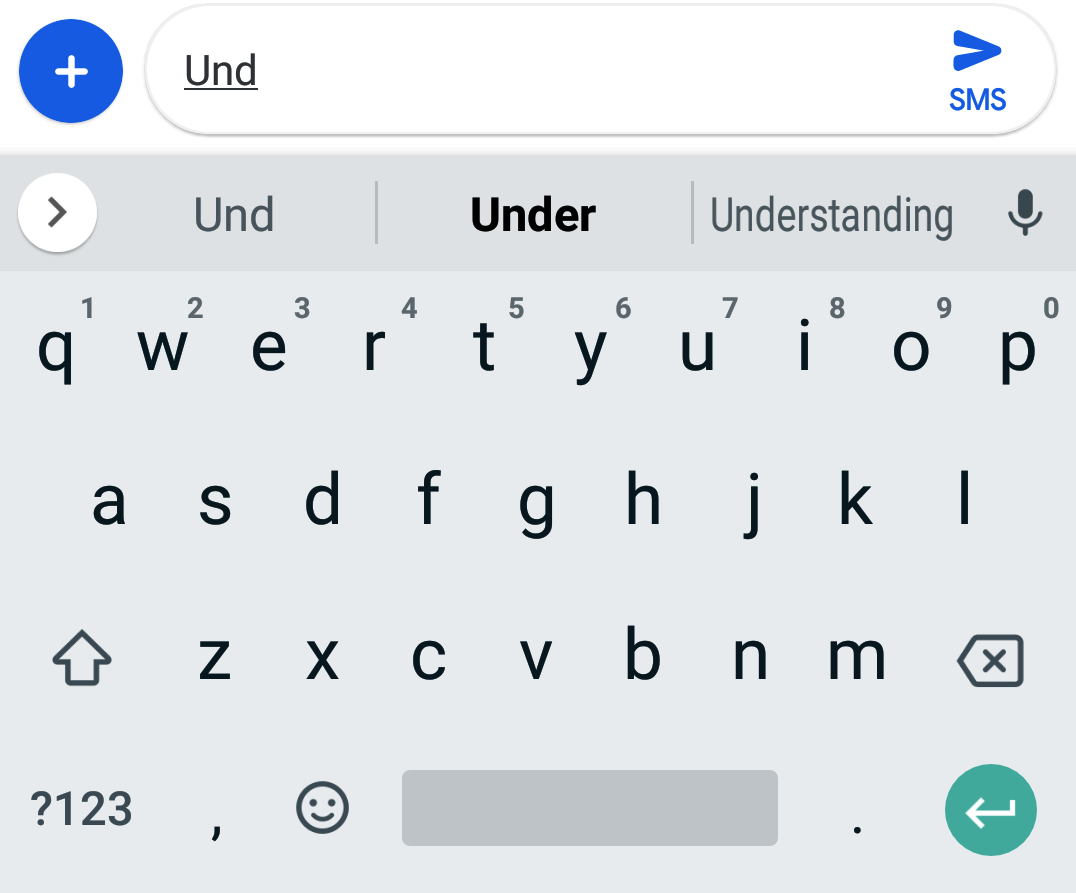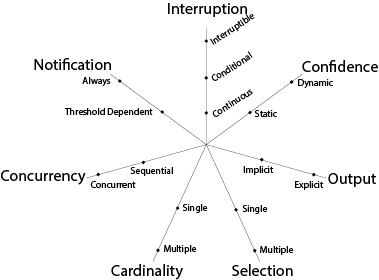Word completion interfaces are ubiquitously available in mobile virtual keyboards; however, there is little research on how to design these interfaces for screen reader users.
In this project, we investigate novel interfaces and interaction techniques for nonvisual word completion. We are particularly interested in quantifying the benefits and costs of such new interfaces.
Project Details
Title: Nonvisual Word Completion
Date: Jun 24, 2019
Authors: Hugo Nicolau, João Guerreiro, Tiago Guerreiro, Kyle Montague, André Rodrigues
Keywords: word completion, screen reader, text entry, touchscreen
Related Publications
- The Design Space of Nonvisual Word Completion Best Paper Award Nominee
- Hugo Nicolau, André Rodrigues, André Santos, Tiago Guerreiro, Kyle Montague, and João Guerreiro. 2019. The Design Space of Nonvisual Word Completion. The 21st International ACM SIGACCESS Conference on Computers and Accessibility, ACM, 249–261. http://doi.org/10.1145/3308561.3353786
- [ABSTRACT] [PDF] [LIBRARY]
Word completion interfaces are ubiquitously available in mobile virtual keyboards; however, there is no prior research on how to design these interfaces for screen reader users. In address this, we propose a design space for nonvisual representation of word completions. The design space covers seven categories aiming to identify challenges and opportunities for interaction design in an unexplored research topic. It is intended to guide the design of novel interaction techniques, serving as a framework for researchers and practitioners working on nonvisual word completion. To demonstrate its potential, we engaged blind users in an exploration of the design space, to create their own bespoke word completion solutions. Through this study we found that users create alternative interfaces that extended current screen readers’ capabilities. Resulting interfaces are less conservative than mainstream solutions on notification frequency and cardinality. Customization decisions were based on perceived benefits/costs and varied depending on multiple factors such as users’ perceived prediction accuracy, potential keystroke gains, and situational restrictions.


